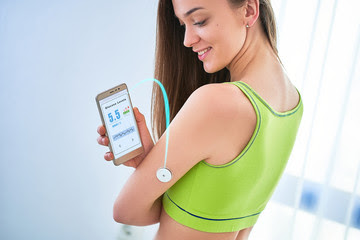The global hemoglobin A1C testing devices market -Existing and Future Insights
The Hemoglobin A1c Testing Devices Market study is based on in-depth research of the topic, with a particular focus on growth drivers and restraints to assist vendors to see a clear picture of the future market. It contains the names of industry players as well as their strategies for generating high market revenue during the forecast period.
- The A1C test is the most commonly used diabetes test for diagnosing type 2 diabetes and prediabetes. The hemoglobin A1C, HbA1c, glycated hemoglobin, or glycohemoglobin test is also known as the A1C test.
Glycated haemoglobin (A1C) is a blood test that is used to track glycemic (blood sugar) management in diabetics.
Market Driver
High Efficacy of HbA1c in Detecting and Monitoring Blood Glucose Levels to Fuel Growth
The fasting plasma glucose (FPG) test, which requires a patient to keep their stomach empty for roughly 12 hours before testing, has traditionally been used to diagnose diabetes and monitor blood sugar levels in diabetics. However, such testing only records a person's blood sugar level at a specific point in time. According to the National Institutes of Health (NIH), the HbA1c test is more reliable in determining whether or not a person has chronic hyperglycemia. This is due to the fact that the test determines whether the hemoglobin protein in red blood cells is coupled to glucose in the blood and produces an average of blood sugar levels over the previous two or three months. A person has a high risk of developing diabetes if their readings are between 5.7 percent and 6.4 percent. As a result, many doctors are actively advocating the HbA1c test to their patients, boosting the market for hemoglobin A1c testing devices.
MARKET PLAYERS
Key advancements in the Hemoglobin A1c Testing Devices market, as well as organic and inorganic growth methods, are covered in the studies. Product launches, product approvals, and other organic growth tactics such as patents and events are being prioritized by a number of companies. Acquisitions, as well as partnerships and collaborations, were seen as inorganic growth tactics in the market. These efforts have paved the road for market players to expand their business and client base. With the increased demand for Hemoglobin A1c Testing Devices in the global industry, market payers in the Hemoglobin A1c Testing Devices market are expected to benefit from attractive growth prospects in the future. The following is a list of a few firms involved in the Hemoglobin A1c Testing Devices market.





Comments
Post a Comment